Most effective way to use castings in a SFG
Lisa.H
11 years ago
Related Stories

8 Ways to Light Your Fireplace for Maximum Effect
Enhance your fireplace with the type of lighting that suits it best — we offer 8 beautiful and easy-to-find options here
Full Story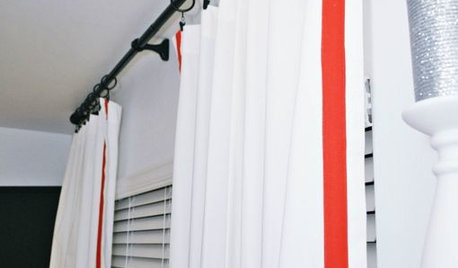
WINDOW TREATMENTSEmbellishing Tricks for Cost-Effective Custom Curtains
Get curtains that look high end — even if you don't sew — with just a little trim here or a little banding there
Full Story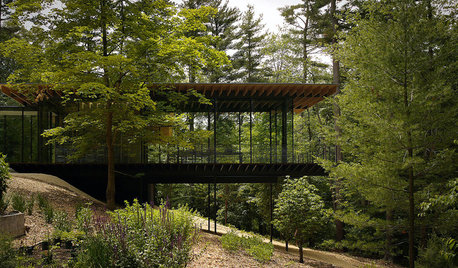
ARCHITECTUREDesign Workshop: The Intriguing Effects of Exposed Framing
Reveal the structure of your home for interesting design opportunities and eye-catching visual effects
Full Story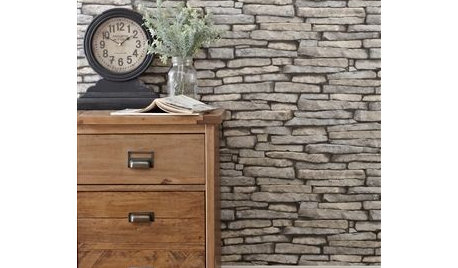
PRODUCT PICKSGuest Picks: Get in Touch With Textured-Effect Wallpapers
Mimic the look of fancy paneling, stacked stone or funky scrap wood with new wallpaper patterns on a trompe l'oeil roll
Full Story
TASTEMAKERSA Designer Edits — and Adds — for Dramatic Effect
Interior designer Nancy Braithwaite’s new book shows how it’s possible to edit rooms of all styles to create their best look
Full Story
ARCHITECTUREHouzz Tour: A Most Unusual Trailer in Texas
With an air-conditioned bathroom, screened porches and a sleeping loft, this riverside trailer site has it all
Full Story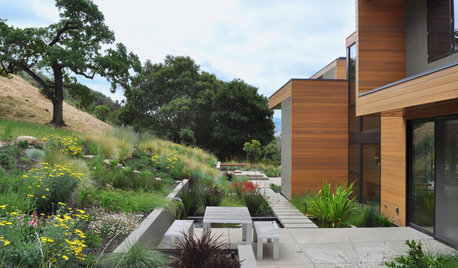
LANDSCAPE DESIGNOutdoor Style: Creative Ways With Classic Concrete
Have you cast concrete aside as being too dull or crack-prone? Learn about new design options along with the basics of using it outside
Full Story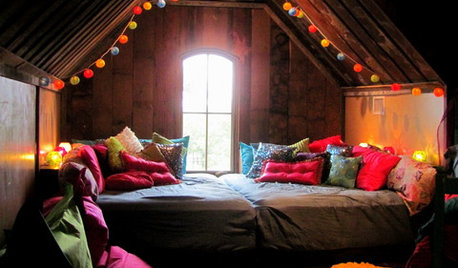
COLORAll the Ways Color Invades Us
Color for alertness, for rest — and for a calming effect? Explore some ways we can benefit from our use of color around the house
Full Story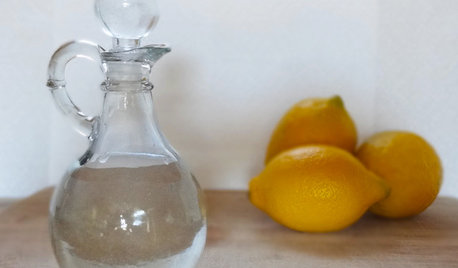
HOUSEKEEPINGVinegar and Voilà: Clean Your House the Natural Way
Ditch the commercial cleaners for nontoxic, inexpensive and versatile white vinegar
Full StoryMore Discussions






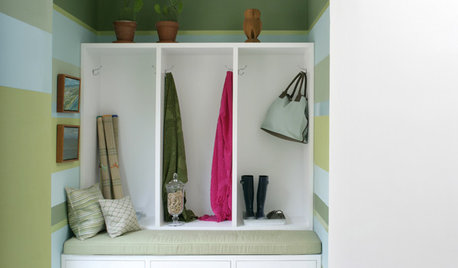
equinoxequinox
Lisa.HOriginal Author
Related Professionals
Beachwood Landscape Architects & Landscape Designers · Lakewood Landscape Architects & Landscape Designers · Southfield Landscape Architects & Landscape Designers · Manchester Landscape Contractors · Hannibal Landscape Contractors · Plantation Landscape Contractors · Rio Linda Landscape Contractors · Seymour Landscape Contractors · Westchester Landscape Contractors · Woodburn Landscape Contractors · Bay Shore General Contractors · Jackson General Contractors · New River General Contractors · Warren General Contractors · West Babylon General Contractorsequinoxequinox
Lisa.HOriginal Author
Shaul
Lisa.HOriginal Author
Shaul
equinoxequinox
mr_yan
Shaul
Lisa.HOriginal Author
mr_yan
Shaul
Priswell
BlinkBlogger